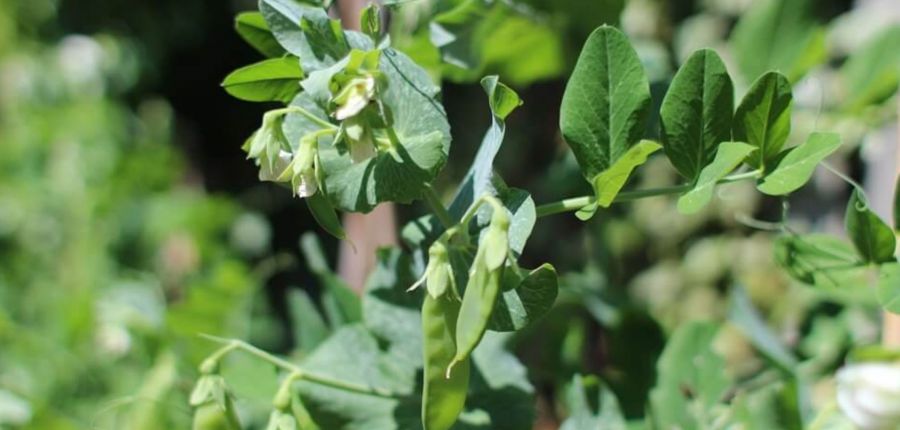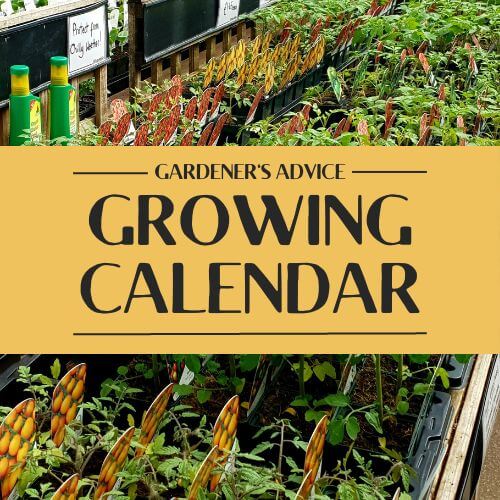Peas can be tricky – try mangetouts instead
Posted By: rocket veg Category: Growing Veg, Seasonal AdvicePeas are meant for picking and popping straight into the mouth, a perk for all veg growers young and old - the perfect ‘finger food’ for hungry gardeners. Why bother taking the pods home! With this in mind, I long to grow a good crop of peas but my efforts over the years have nearly all ended in failure due to mice digging up the seed, followed by attacks of pea moth and the attentions of pigeons and other pea-loving birds. I’ve sought advice from other gardeners on the allotment site and tried different varieties in the hope that I’ll have better luck, but to no avail.
Growing peas can be a performance – providing support for the developing plants, taller varieties in particular; covering with net or mesh to ward off the birds. Peas don’t like acid soil, so testing the ph. level is recommended, then adding lime if need be. Young plants need to be watered on a regular basis during spells of dry weather or the pods won’t develop properly.
My allotment neighbours are in the process of growing a tall-growing variety of pea which they started off by soaking the seed to kick-start germination and bringing on the young plants at home before planting them out a few weeks ago. I’m watching with interest; maybe I’ll try again next year.
Sowing mangetout peas
For some reason or other, I’ve had better luck with mangetouts, along with sugar snaps, generally reckoned to be the easiest variety of pea to grow. Sow the peas when the soil is in good state – warmed by spring sun and not water-logged – and begin by making a shallow, flat bottomed trench, 15cm (6”) wide and 5cm (2”) deep. A draw hoe or similar is the perfect tool for this job which can be completed in a matter of minutes. The peas can then be sowed over the bottom of the trench, spacing them about 7.5cm (3”) apart and gently pressing each into the soil.
Once the peas are in place, backfill with the soil which you scooped out, then rake the surface level and firm. I like to cover the row with horticultural fleece, partly to keep the soil warm to aid germination, but also in the belief that the fleece acts as a deterrent to mice: it has worked for me in the past. All being well, shoots will appear after ten days or so and once the seedlings look strong enough, I remove the fleece and erect a line of strong mesh held in place by short canes which I push into the soil. With the addition of an empty plastic pot over the top, the canes also serve as support for a protective covering of netting which can be thrown over the mangetout plants to ward off birds.
Harvesting mangetouts
Once the plants have flowered, the pods develop rapidly so pick on a regular basis at the point where the immature peas can be seen developing inside the pods. Left too long and the pods become too tough to live up to their name. Mangetouts are delicious lightly steamed or eaten raw sweet and crisp in salads.
Varieties of mangetout pea to try
‘Oregon Sugar Pod’ AGM – a good cropper; harvest as soon as the tiny pods are big enough to tick
‘Shiraz’ – attractive purple pods which turn a deep green when cooked.







